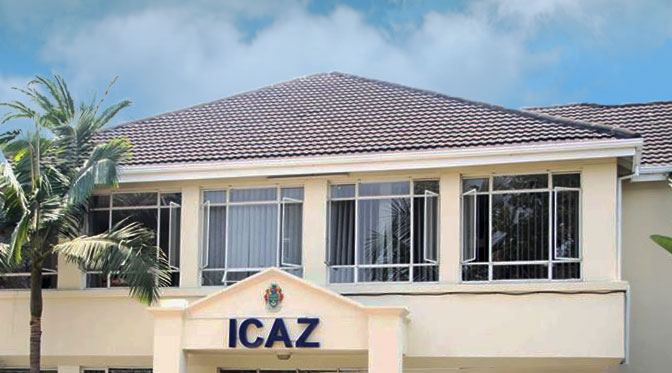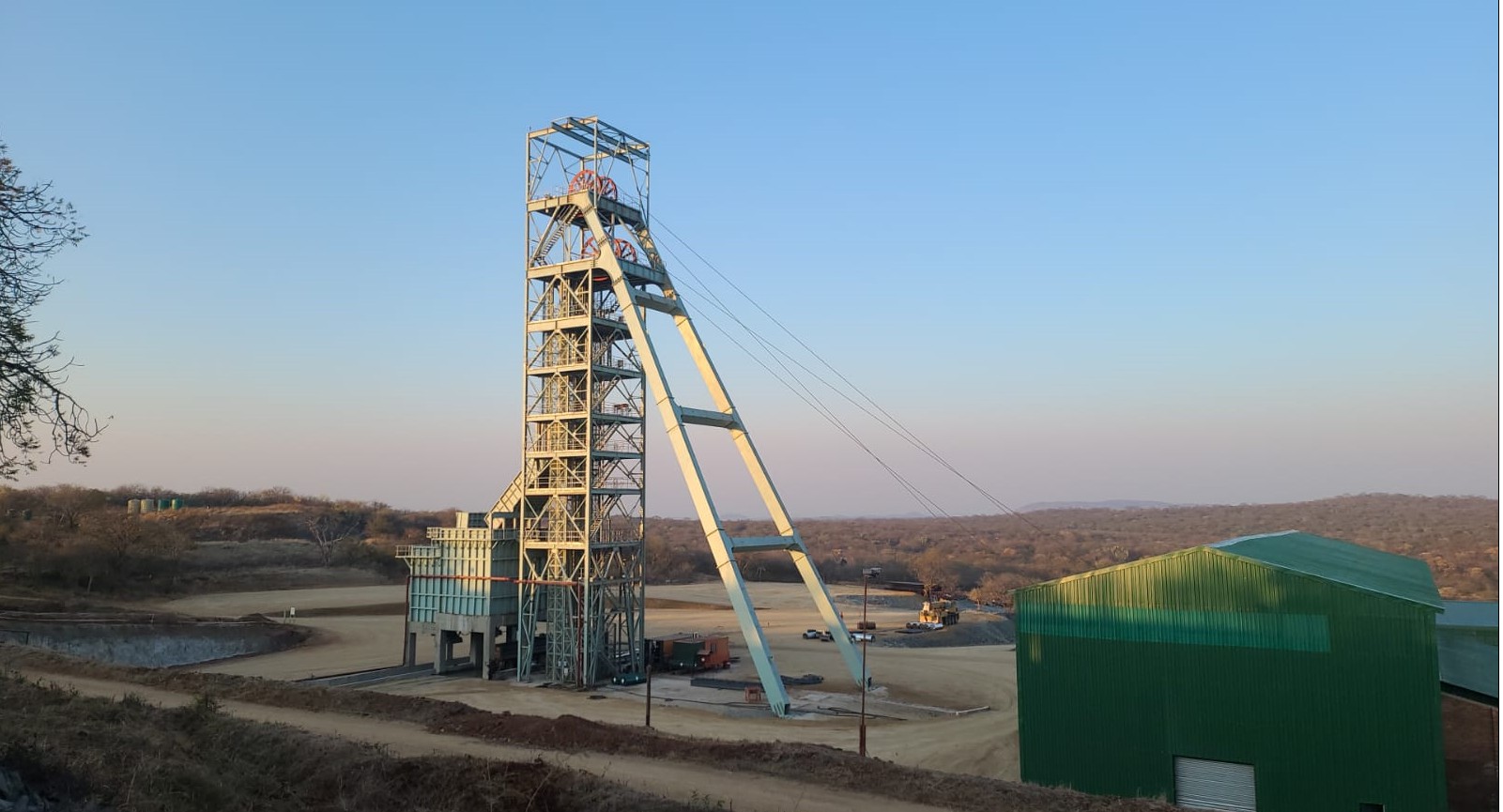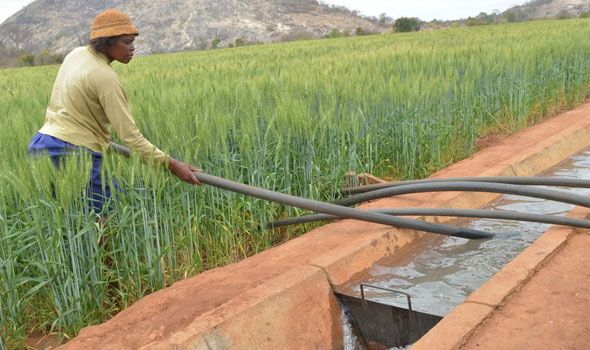CIFOZ says 2022 good year for construction
THE Construction Industry Federation of Zimbabwe (CIFOZ) says 2022 has been a good
year for players in the construction industry largely due to the supportive and
transformative policies of the Government.
Following the outbreak of Covid-19, construction industry players were seriously
contained by the series of national lockdowns instituted to contain the respiratory disease.
CIFOZ president Mr Martin Chingaira said in an interview that following the easing of
national lockdowns, coupled with supportive policies like the awarding of construction
tenders to local players for major Government projects, the sector was on a rebound.
At present, he said the construction industry was operating at 30 percent capacity.
“This year has been a good year for the construction industry due to the supportive
policies and transformative policies adopted by the Government.
“Tenders on infrastructural development by the Government are being awarded to local
contractors and coupled with the transformative (policy) thrust the Second Republic has
embarked on, there is a lot of construction taking place on infrastructures such as roads
and housing.
“The sector is now on a rebound operating at 30 percent after two years of stagnation due
to the national lockdowns induced by the Covid-19 pandemic,” he said.
In line with National Development Strategy 1 (NDS 1) and Vision 2030, the Second Republic
led by President Mnangagwa envisages the attainment of an upper middle-income society
by 2030.
It is against this background that the Government came up with infrastructural
development projects such as the Emergency Road Rehabilitation Programme to construct
and rehabilitate the country’s road network for optimal economic growth and
development.
For example, under the Emergency Road Rehabilitation Programme (ERRP), the HarareMasvingo-Beitbridge highway, one of the country’s busiest trunk roads, has undergone
major upgrades to turn it into a modern road.
So far, more than 370 kilometres have been opened to traffic as the rehabilitation and
expansion of the road and many others across the country continue.
The Government carries on to upgrade Zimbabwe’s roads under ERRP to facilitate trade as
well as reducing road carnage.
Government has spent over $2,5 billion on infrastructure projects, which are key enablers
to the achievement of targets set under Vision 2030. This was said by President
Mnangagwa while presenting the State of the Nation Address (SONA) and officially
opening the Second Session of the Ninth Parliament recently.
The President said the soon to be completed Hwange 7 and 8 Thermal Power Project,
Robert Gabriel Mugabe International Airport Expansion, borehole rehabilitation and
drilling, and the now completed new Parliament Building were some of the key projects
implemented by the Government.
“Government through the Ministry of Transport and Infrastructural Development has
rolled out the ERRP our members are involved in, ultimately improving our operational
capacity.
“The good thing has also been that the Government on all its infrastructural development
programmes, be they housing, dam or road construction projects, has adopted the
tendering system,” said Mr Chingaira.
“One good thing with the tendering system is that local contractors, if they meet all the
requirements to qualify for the project they can also bid… a winner would (then) be
selected among domestic contractors.
“Foreign contractors are only coming in to participate in the tenders where the
Government seeks investors to fund the infrastructural projects. So, really, 2022 has been
a good year for us.”
Going forward it is hoped that infrastructure development would be accelerated under
President Mnangagwa’s administration as the country targets to achieve the national
vision of an upper-middle-income economy by 2030.
Other key infrastructure projects such as the Gwayi-Shangani Dam in Matabeleland North
Province are being developed and the investment from which local contractors are
participating, is now 50 percent complete.
Once completed, the massive water reservoir will go a long way in propelling sustainable
economic growth and development through supporting projects such as irrigation around
the Gwayi area, tourism and recreational facilities as well as supplying water to Bulawayo,
which presently experiences perennial water woes.
Further, the Government has expended significant resources towards other dam
construction projects such as the Marovanyati Dam, walling of Causeway Dam and various
educational, health institutions and public administration facilities across the country.
“As a result of the transformative policies by the Government, we are also seeing a lot of
housing development projects being pursued by both the public and private sectors.
We are also benefiting a long way as we always say that the growth of any company is
determined by its activities, so when we are getting the tenders our sector is being
capacitated,” said Mr Chingaira.
In the 2023 national budget statement presented last month, Finance and Economic
Development Minister Professor Mthuli Ncube said the selection of projects targeted for
implementation next year draws from NDS1 collection of projects, with focus on on-going
and stalled projects.
In September this year, the country held its inaugural infrastructure summit in Victoria
Falls and brought together stakeholders from the public and private sectors, development
partners and the construction industry, seeking to address bottlenecks affecting
infrastructure delivery in Zimbabwe including crowding in private sector investments.
“Benefiting from the outcomes of the summit and other inputs from stakeholders, the
2023 Budget will institute measures that will address the losses and waste in public
infrastructure investments,” said Prof Ncube.-The Herald










